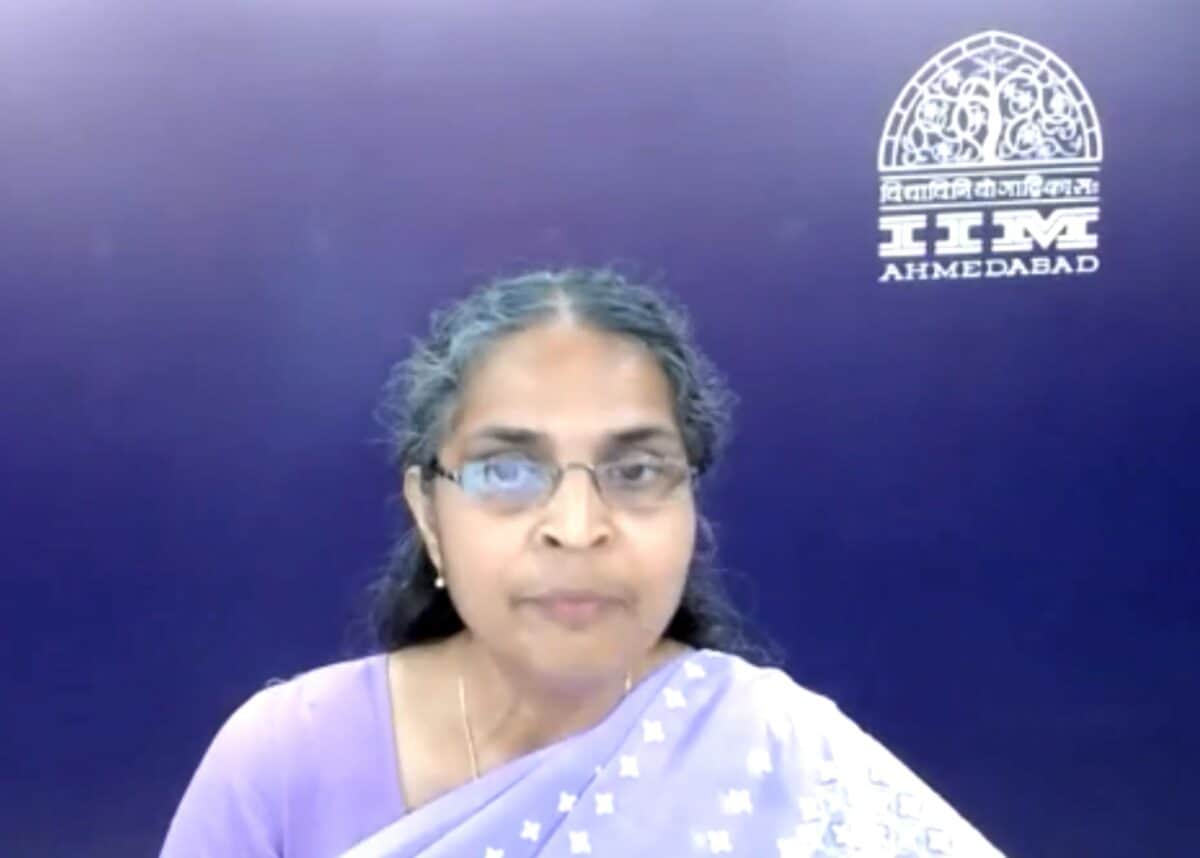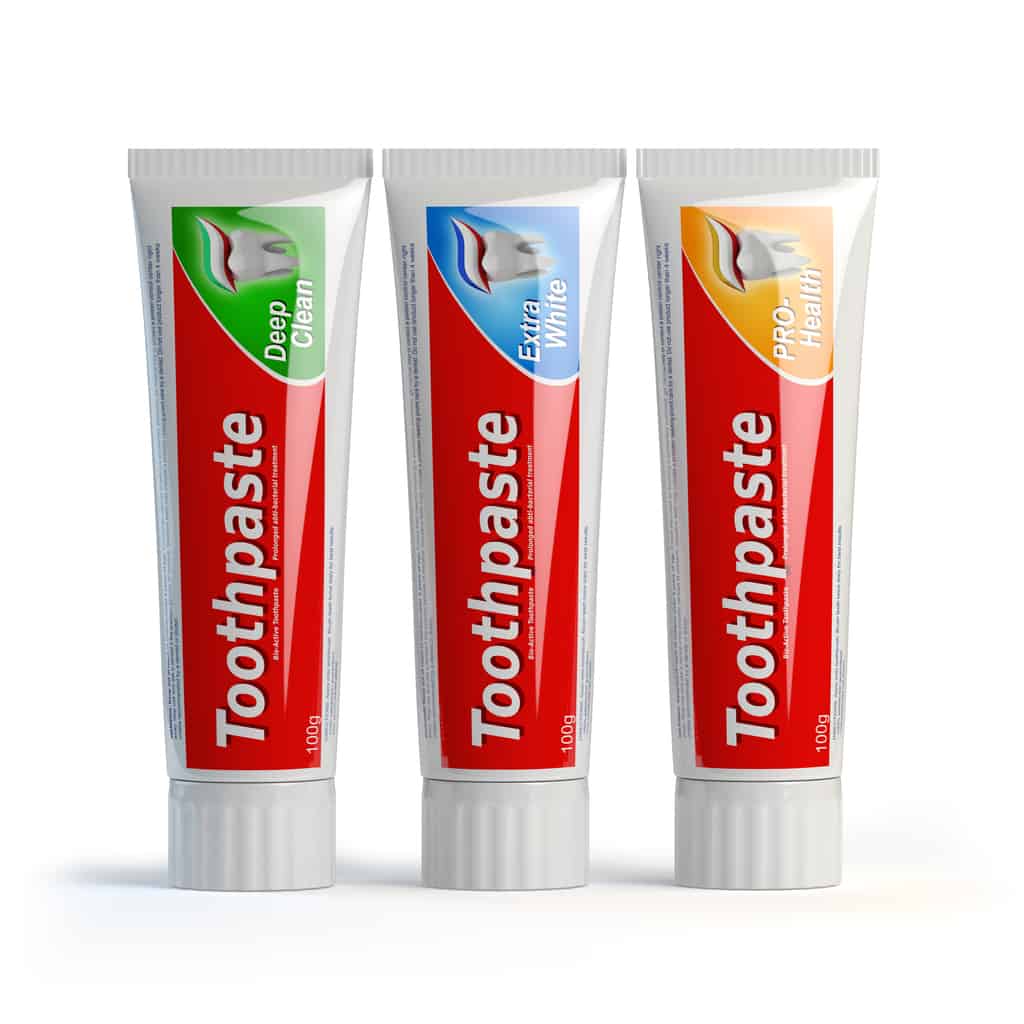Below is an article written by Carlo Caponecchia and published originally on May 25 2021. Caponecchia is a leading figure in workplace psychological hazards and strategies. The article is reproduced with permission.
Employers are about to ramp up their efforts to protect mental health at work.
Last week, workplace health and safety (WHS) ministers from around Australia agreed to changes that will formalise what’s expected of employers in relation to mental health in Regulation.
These changes respond to a review of the model WHS laws by Marie Boland, former Executive director at Safework South Australia. The model WHS laws are a “blueprint” used since 2011 to make safety laws more consistent across the States and Territories.
Continue reading “Australia gets serious on psychological health at work”





